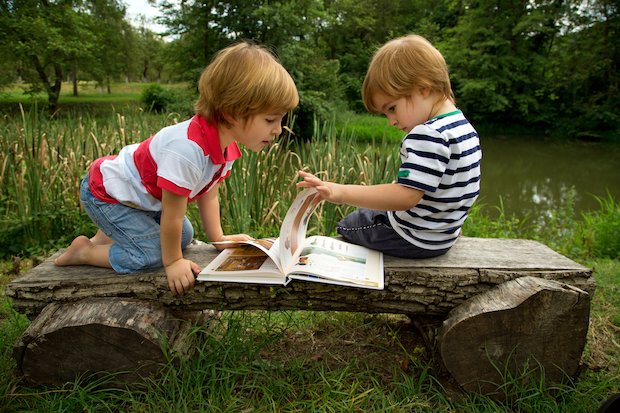Mapping progress
Add to My Folder
Advisory consultant in early education
Di Chilvers builds on Part 1 of her brilliant article about observing, assessing and mapping children’s progress through the EYFS.

- Observations
- Learning Stories
- Photographs
- Paintings, drawings, writing
- Conversations and discussions with the child/children
- Conversations and discussions with parents/family
- What you record in your head (though it can’t just be stored here)
- Play experiences of the child/children
- Feelings, emotion, well-being and behaviours of the child/children
Log in to your account to read
Published 31 August 2016
Reviews
This item has 4 stars of a maximum 5
Rated 4/5 from 5 ratings
You need to be signed in to place a review.
Anni McTavish
on 22 September 2016
clear, concise article
really interesting article on the development map - it's both clear, easy to understand and visually appealing. Di highlights the importance of children's holistic development, and how the practitioners' assessments have supported them to follow the child's interests, and build positive links with her family. great!